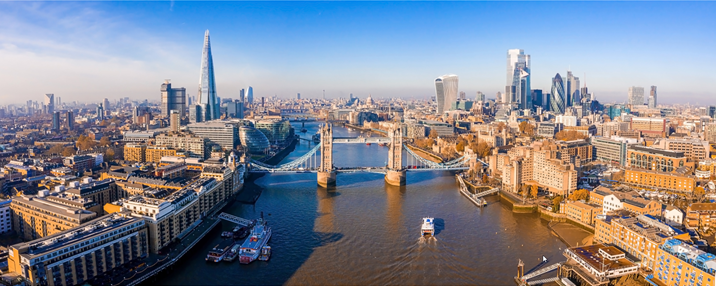The New London Plan

By Ellen Nicholson
The Mayor of London Sadiq Khan has formally approved a new London Plan. The draft London Plan was published in December 2017 with examinations in public carried out from January 2019 to May 2019. An Intend to Publish London Plan was submitted to the Secretary of State (SoS) for Communities and Housing Robert Jenrick MP on 9 December 2019. A rather scathing response was issued by Jenrick dated 13 March 2020, containing a number of directions that were required to be incorporated ahead of any publication.
Following further discussion and review an updated Intend to Publish London Plan was submitted to the SoS for consideration on 21 December 2020. In Khan’s covering letter he states that the latest version of the London Plan is underpinned by the concept of ‘Good Growth’, That is growth that is socially and economically inclusive and environmentally sustainable. ‘This is fundamental to London’s recovery from the pandemic and addressing the considerable challenges of the climate emergency and biodiversity crisis.’
The publication version of the new London Plan contains no change to the headline figure of 522,870 new homes as recommended by the planning inspectors. The ten-year targets in the spatial development strategy for individual boroughs until 2029/30 also remain in place. In response to concerns raised by Jenrick regarding the level of ambition of these housing targets, the latest version of the Plan allows LPAs to revisit the figures they have been set in their local plans if they have ‘additional evidence’ that this level of delivery can be exceeded.
The previous policy that the Government’s Housing Delivery Test should not ‘unfairly penalise’ boroughs where delivery of homes has been constrained due to factors that are outside their control, such as large sites stalling due to non-planning- related reasons has been dropped. The GLA states that as the London Plan is very close to adoption, the new rules stipulating a 35% uplift on urban boroughs’ housing need figures would not apply to the capital.
The new version of the plan responds to a recommendation by the inspectors that the London green belt should be reviewed. The previous version contained a blanket policy that stated development proposals that would harm the green belt should be refused categorically. This has now been watered down, although it still states that such schemes should only be allowed where ‘very special circumstances exist’ and subject to National Planning Policy. In the same vein, the latest revision to the plan also replaces previous wording that de-designation of the green belt will not be supported, caveated that such alterations would require ‘exceptional circumstances’.
The previous policy that development proposals potentially harming London’s Metropolitan Open Land (MOL) should be refused has been withdrawn, however as with Greenbelt development MOL boundaries should only be changed in ‘exceptional circumstances when this is fully evidenced and justified’.
The requirement that boroughs should be encouraged to seek affordable housing contributions from small sites has been removed. The previous policy stated that a cash in lieu contribution should be required from sites with nine or fewer units. Jenrick previously raised concern over the strength of the small sites policies in ensuring sites are brought forward.
The London Plan tightens the definition of tall buildings in development plans by saying they should not be less than six storeys or 18m tall at the uppermost floor, compared to the previous plan’s threshold of 30m, apart from in the Thames Policy Area.
The previous policy for ‘no net loss’ of industrial floorspace within designation Strategic Industrial Locations and Locally Significant Industrial Sites has been scrapped. Requirements for no net loss of industrial floorspace have also been removed from the planning frameworks for the Old Kent Road, Lee Valley and Bexley Riverside opportunity areas. Jenrick, in his letter to Khan dated 13 March 2020, branded the no net loss of industrial land policy as an ‘’unrealistic” and “over-restrictive” stance that would hinder boroughs’ opportunities to identify optimal sites for industry where housing is in high demand.
New policies regarding high density development spell out that such schemes should generally be promoted in locations with good public transport, walking and cycling connections to jobs, services, infrastructure and amenities. The expansion of neighbourhoods already containing high density buildings, including existing Opportunity Areas, should be “positively considered” by boroughs, which should ‘actively’ encourage incremental densification elsewhere.
The SoS has six weeks to consider the proposed changes to the plan in terms of their compliance with National Planning Policy and any possible adverse impacts on the neighbouring regions, prior to publication. We will continue to monitor progress and the eagerly awaited adoption of the new London Plan!





